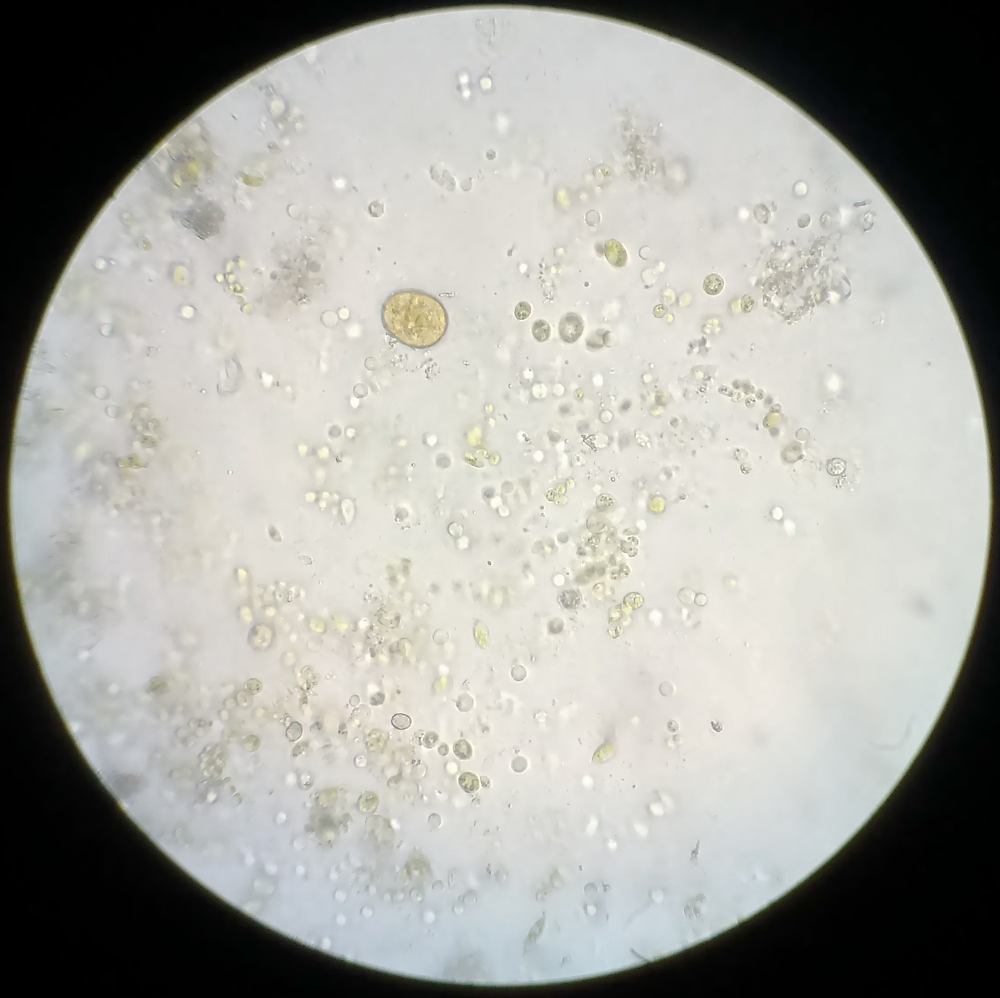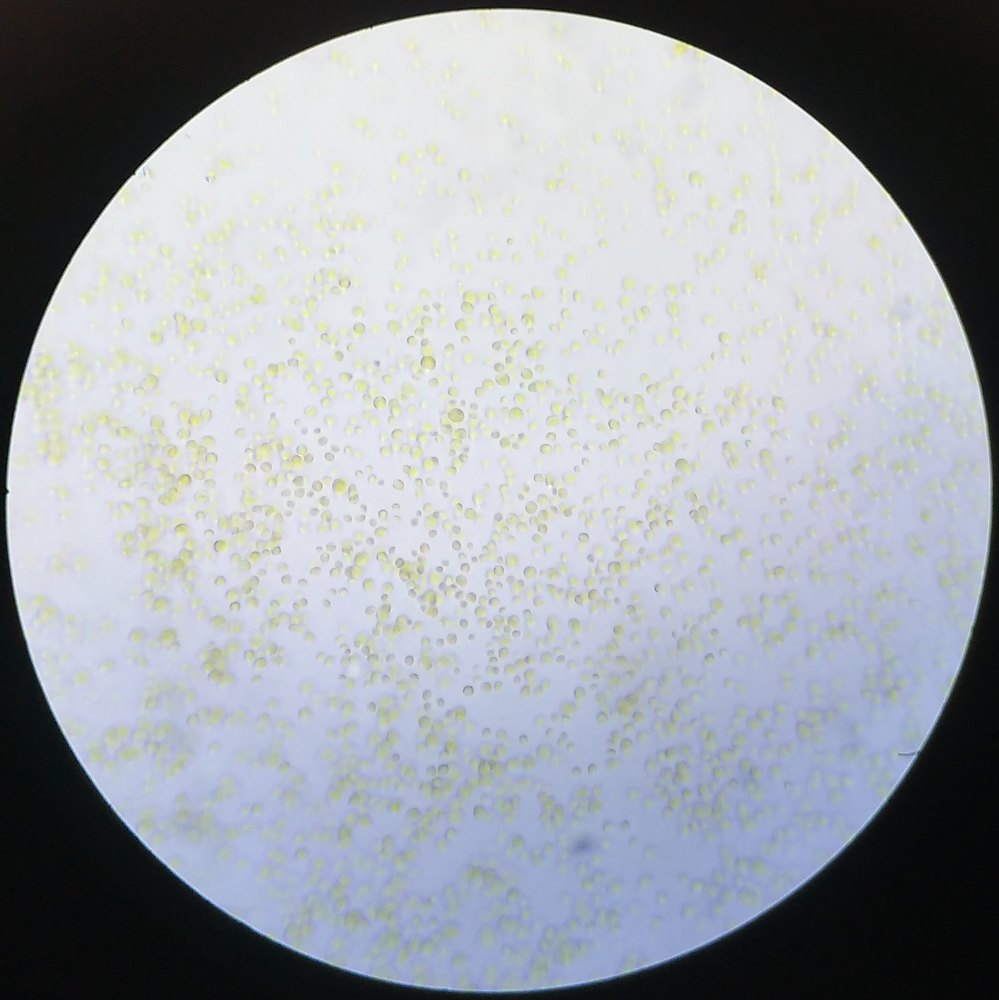Collecting and growing algae
INTRODUCTION
Algae are a group of water inhabiting, autotrophic (instead of gathering food, they make it by photosynthesis) group of organisms, ranging from single-celled to larger ones with various shapes. Many very different organisms are considered algae, such as cyanobacteria, diatoms, seaweeds, etc. And while experts are still arguing about an exact unified taxonomic definition, most people would probably be able to identify an alga as such, if they saw one.
They were widely neglected by most non-botanists, but with now industrialized farming focusing on productivity and efficiency, they are getting more and more attention as possible sources for quite many different things such as food, fuel or treatment for wastewaters. The reason for this is their rapid growth capacity that can be performed in various containers, algal reactors can produce 10-100 more biomass per hectare than traditional crops, such as corn or wheat.
One, especially interesting algae comes from the genus Chlorella. It contains many different species, but they share some common characteristics. They are single celled, 2-10µm large, roundish organisms without any cillia or flagella. Also, they are rich in fat and protein, making them a good source of food and potentially fuel. Indeed Chlorella are already being used as food supplements, however, the production is still too expensive to be a good alternative for fossil fuels just yet.
Whatever the case, this is a very promising organism, that is relatively easy to grow at home and the technology to do it should be available to anyone. Recipes and instructions for the cultivation of some alge are already available online. Chlorella can literally be found in any pond of moderate climate zones, however, pure living cultures are are not always easy to come by. The goal of this project was to change that.
WHAT AND HOW WE DID IT…
Water was collected from a local pond. It contained different algae (especially microscopic ones) but also other organisms, such as water fleas, protozoans and probably many bacteria. The next step after collection was therefore to filter out the larger particles and organisms and to find a medium a growth conditions that would selectively improve Chlorella growth in comparison to other organisms.
What was found to work best, was a 50:50 solution of tap (Maribor, Slovenia) and distilled water, with the following added salts:
-
2.5g/l KNO₃
-
2.45g/l KH₂PO₄
-
2.4g/l MgSO₄ (heptahydrate)
-
0.02g/l citric acid (for the kitchen)
-
knife point of ZnSO₄
-
knife point of Fe₂(SO₄)₃
5ml of filtered pond water was added to 70ml of growth medium and placed on a bright windowsill for a few days, with constant airmixing with an aquarium pump. When the culture became beautifully green (an indication of good algal growth), agar was prepared from the same broth, adding 2g of agar powder per 100ml of solution and cooking in a pressure cooker (sterilizing at the same time). Once cool and stiff, a drop algae culture was applied to the agar and diluted by making fresh strokes from the culture, every fresh one just crossing an old one and so forth. As the medium should mostly contain Chlorella, their colonies should be most abundant and thus easy to collect in pure form. Our agar culture did show to be almost exclusively composed of Chlorella with only single impurities. The procedure can be repeated to purify the culture even more and voila! We have our Chlorella culture.
While being able to purify Chlorella from other eucaryotic (real cell core) protists (single celled organisms), which can be observed under an optical microscope without additional staining, bacteria are very likely to be contained as well, which should ideally be removed from the culture before even considering consumption! Stay tuned to learn more about the process of further purification and preparation of algae culture!






